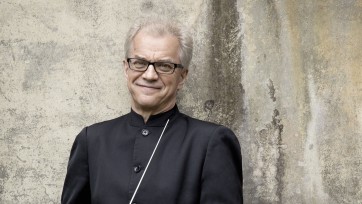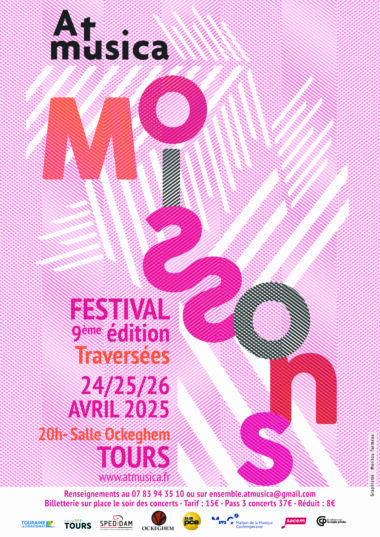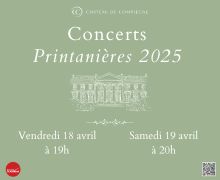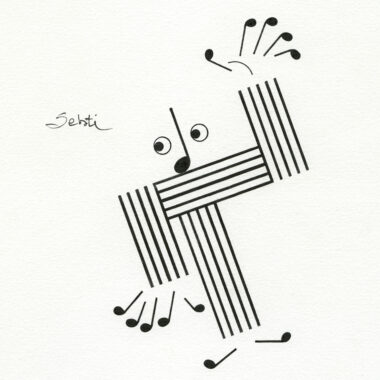Plus de détails
Helsinki. Helsinki Music Centre. 06-II-2019. Samuel Barber (1910-1981): First Symphony (in one movement), Op. 9; Concerto for Violoncello and Orchestra, Op. 22; Antonín Dvořák (1841-1904): Symphony No. 9 « From the New World », Op. 95. Jonathan Roozeman: violoncello; Helsinki Philharmonic Orchestra, conductor: Osmo Vänskä.
 Soloist Jonathan Roozeman handled Barber's fearsome technical demands with ease, particularly the seemingly inhuman left-hand acrobatics required in the outer movements.
Soloist Jonathan Roozeman handled Barber's fearsome technical demands with ease, particularly the seemingly inhuman left-hand acrobatics required in the outer movements.
One of the highlights of the current Helsinki Philharmonic season is the focus on American composers, giving Helsinki audiences the opportunity to sample repertoire infrequently performed in this corner of the world. Samuel Barber's music is firmly established in the American repertoire and was represented with his early First Symphony and wartime Concerto for Violoncello and Orchestra. Antonín Dvořák rounded out the program with his ever-popular Symphony No. 9, which contains numerous references to American music of the time.
Barber was still only in his mid-twenties when he composed his First Symphony. This work is certainly one of the great American symphonies and can easily be considered one of the composer's masterpieces. The First Symphony is a compact work of 20 minutes and despite being conceived in a single movement, there are four clearly discernible sections.
Vänskä employed a rather broad tempo for the first section. While this allowed Barber's busy contrapuntal writing to register with clearer focus, the second subject seemed somewhat ponderous and heavy at this tempo. Vänskä did conjure up his usual controlled excitement to the first section's conclusion. The second section was appropriately sprightly and featured some absolutely delicious solo and ensemble contributions from the woodwinds. The gently beautiful third section was given the necessary space to breath and glow, and the deeply serious final passacaglia was driven to a viscerally imposing conclusion.
Despite my personal biases as a cellist, Barber's Concerto for Violoncello is in my opinion the least convincing of the composer's solo instrument concertos; it lacks the immediate melodic charm of the Concerto for Violin and the seamless fusion of the composer's lyrical gifts to more (by Barber's standards) forward-looking elements of the Concerto for Piano. The final movement of the Concerto for Violoncello seems somewhat clunky in comparison to the storming perpetuum mobile in the final movements of the other two concertos.
The Concerto for Violoncello does test the soloist's mettle from beginning to end, unlike the Concerto for Violin where the soloist does not really face any daunting technical challenges until the final movement. Regardless of what I feel are the Concerto for Violoncello's musical shortcomings, soloist Jonathan Roozeman made a convincing case for the work. Roozeman's full-bodied and penetrating tone accompanied with a creamy vibrato was an ideal match for the lengthy melodic lines found throughout the concerto. Roozeman handled Barber's fearsome technical demands with ease, particularly the seemingly inhuman left-hand acrobatics required in the outer movements.
The program concluded with the concert-hall staple, Dvořák's Symphony No. 9. While it may be easy to take this work for granted, this evening's performance demonstrated why this symphony is so widely loved and performed. Even though Vänskä presented a clearly thought-out interpretation (particularly in his measured take of beautiful second movement), the overall impression was how this work, when performed with conviction, really seems to play itself.
Credit photo : Osmo Vänskä © Lisa-Marie Mazzucco
Plus de détails
Helsinki. Helsinki Music Centre. 06-II-2019. Samuel Barber (1910-1981): First Symphony (in one movement), Op. 9; Concerto for Violoncello and Orchestra, Op. 22; Antonín Dvořák (1841-1904): Symphony No. 9 « From the New World », Op. 95. Jonathan Roozeman: violoncello; Helsinki Philharmonic Orchestra, conductor: Osmo Vänskä.









